Pet bowl hygiene is very important when it comes to preventing health problems in both cats and their owners.
Although everyone seems to have a different opinion about how often food and water bowls have to be washed, the golden rule is to wash them every day.
Wet cat food bowls should ideally be washed after every meal, but if you can’t handle the task, at least remove the bowl and clean it daily when you have the chance.
Read on to find out why this is important.
Why is it so important to clean your cat’s bowls every day?
Pet bowls are full of germs, and they can come from four main sources — the food itself, the cat’s living environment along with the person handling the food bowls, and the cat’s mouth.
The cat’s oral hygiene also has a say when it comes to the types of bacteria that can grow in a pet bowl.
It’s not uncommon for cats to have germs such as Pasteurella multocida and Streptococcus in their mouths.
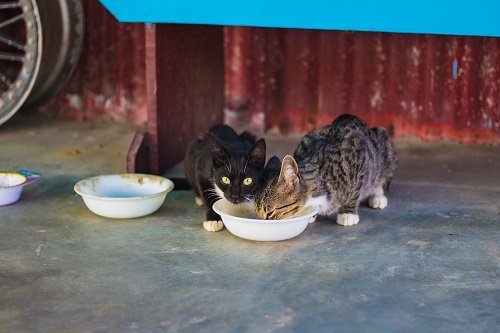
These germs can cause health problems in cats, even though they normally coexist with the rest of the bacterial flora present in the pet’s body.
They can also cause health problems in the people who handle the food and the cat’s bowls.
In general, individuals who have a less capable immune system (such as seniors or those suffering from chronic diseases) are more at risk of complications, but that doesn’t mean that if you’re completely healthy you can’t develop a bacterial infection.
The same goes for children under the age of 5, whose immune system hasn’t yet completely developed.
What Type Of Bowl Should You Use?
Plastic cat bowls are a no-go as they can be porous.
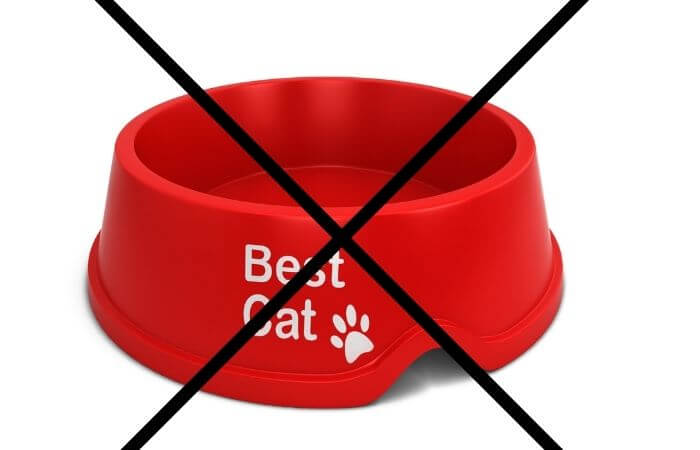
Therefore, they can effectively trap the bacteria into their structure, and as much as you might scrub them down, you will still not be able to completely remove the germs on their surface.
On the other hand, stainless steel and ceramic bowls are much better.
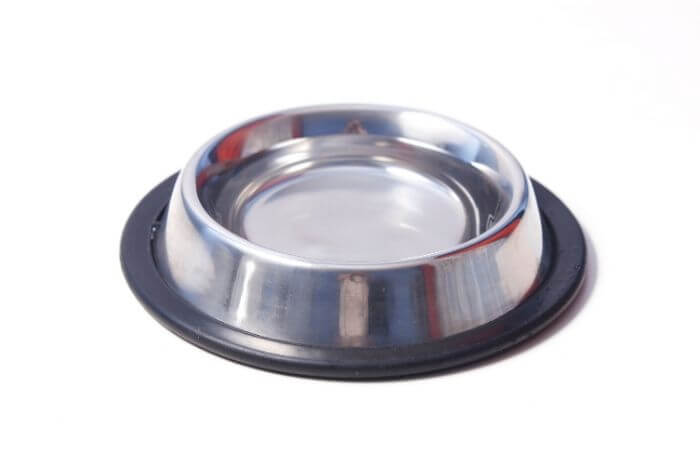
They can also handle high temperatures, which is why you can clean them in the dishwasher.
There is another reason to steer clear of plastic food bowls.
If you didn’t know, plastics can release potentially toxic chemicals when exposed to high temperatures, and the last thing you’d want to do is to have your cat’s food contaminated with phthalates (which can cause kidney, lung, and liver damage, for example).
Water Bowls & Dirt
You might think that water can’t attract as many germs as food can, but nothing could be farther from the truth.
Cats have germs in their saliva, so they will accidentally contaminate the water when they drink from the bowl.
If you’ve ever only replaced the water in the bowl instead of giving it a thorough rinse, you might have noticed that after a day, it can have a weird consistency — almost gelatinous.
That’s because it’s a mix of water, dust, and bacteria from your cat’s mouth.
It’s widely known that cats like to drink only freshwater, so cleaning the bowl correctly is paramount.
Otherwise, they can go for a whole day or more without drinking any.
For this reason, make sure that you have two ceramic or stainless steel bowls for water.
In this way, one of them is always going to be clean, even if you don’t immediately have time to rinse it properly.
Alternatively you could use a cat water fountain, these feature a filter which keeps the water clean, while also cooling the water and allowing it to flow.
How Wet Food & Dry Food Impacts The Cleanliness Of Your Cat’s Bowl
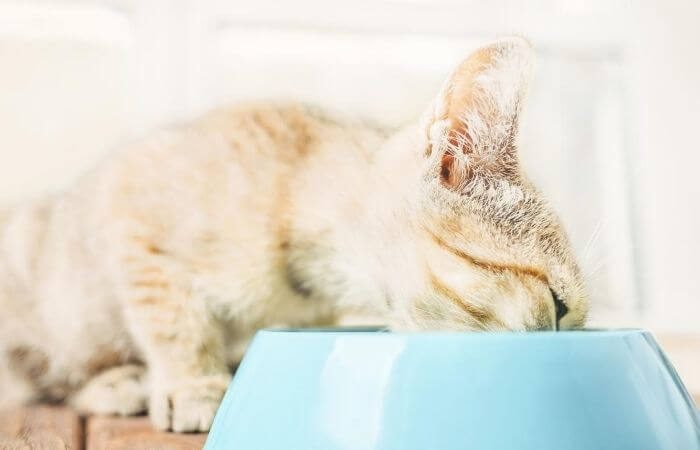
Wet food is a little more dangerous compared to its dry counterpart.
This means that in the course of just two hours after you’ve placed it in your feline friend’s bowl, it will begin to develop bacterial colonies.
Dry food, on the other hand, is safer, but it’s also less recommended for cats.
Some cats don’t like to drink a lot of water, and if you don’t combat dehydration with canned food, they are likely to develop urinary tract health problems in the future.
Various types of kibble have a high fat content (any cat parent who ever bought Royal Canin knows this). But that fat can oxidise and make the food less palatable.
So, your cat will probably feel less tempted to eat the kibble if you leave it in her bowl for a long time.
Dry food is also heavily processed, especially compared to wet varieties, so the likelihood of it developing germ populations is significantly lower.
Most cats don’t eat all of the canned food you put on their plates.
If you just leave it there for the rest of the day, it will spoil, and the smell will make your cat less interested in eating dry food or even in drinking water — if the water bowl is right next to the wet food bowl.
So, in terms of safety, wet cat food is less safe than kibble. But if you use several dishes and you clean them regularly, your cat’s health is not going to be affected in any way.
What cleaning solutions can you use?
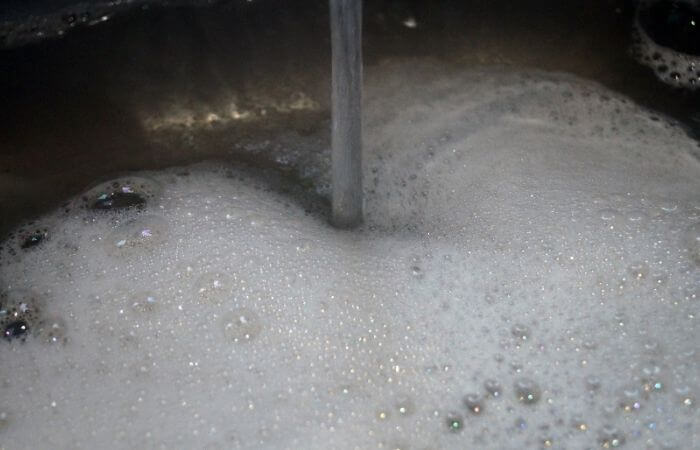
Cleaning your cat’s bowls in the dishwasher is one of the most convenient methods that we recommend. The steam and high water temperature will do an effective job, and you can even clean them without using any dish soap.
If you want to wash them by hand and you want to use a cleaning solution, it’s a good idea to go for a bio, pet-friendly option.
As tempting as it might be for you to use bleach since it is such a good disinfectant, the truth is that it can be dangerous for pets, including cats.
Some people recommend making a solution of 1:50 bleach in which you keep your cat’s bowls for up to 15 minutes.
After that, you should rinse the bowls thoroughly and then leave them out to air dry.
Even if you are very careful, you could risk leaving traces of bleach on the food bowl. While it might not cause health issues right away, prolonged exposure to bleach can lead to severe health problems in the long run.
We recommend you use regular soap instead.
If you leave the bowls to soak for several hours, you will be able to clean them a lot easier.
Scrub them as best as possible, thoroughly rinse them several times, and you’re all done.
You don’t have to use harsh cleaning agents. If you clean the bowls by hand every 24 hours, it’s more than enough to prevent any bacterial contaminations.
As an Amazon Associate I may earn a small fee from qualifying purchases at no extra cost to you. This helps us run the site, so thanks for your support!

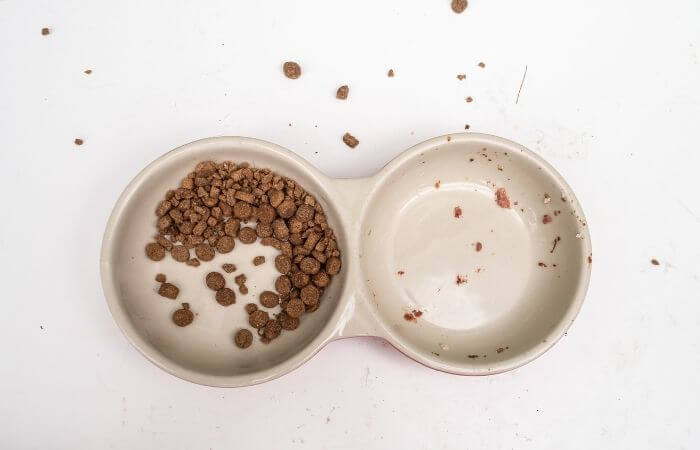
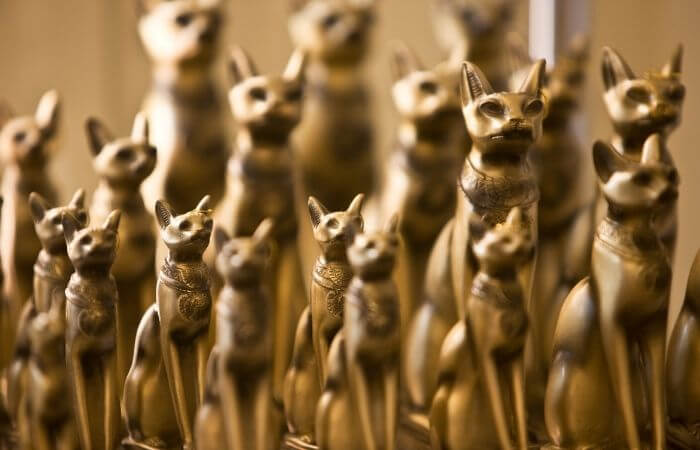
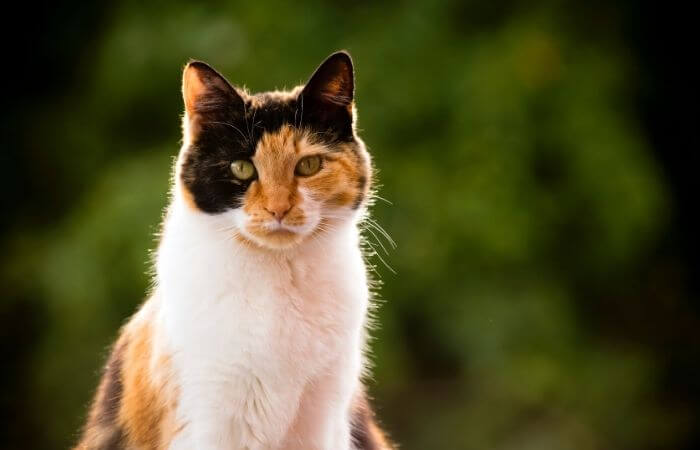
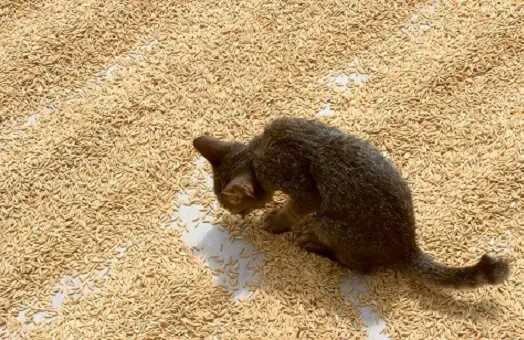
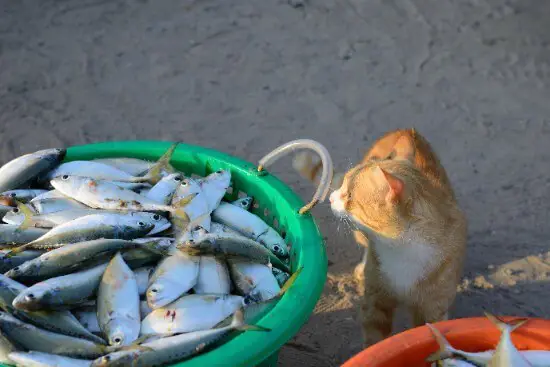


Leave a Comment